In this article, I'll be covering Triggers and Coils, part two of the series (see part one here). Generally, a simple EMP generator consists of four components; a capacitor, a transformer, a trigger and a coil of copper wire. The transformer component can be varied, but the coil is very important, and must be precisely tuned.
Triggers
Simply said, a trigger is basically a way of closing the circuit and allowing the energy stored in the capacitor(s) to flow through the coil and create the magnetic field. However, the trigger (or switch) must be capable of handling large loads of current. For example, imagine trying to cross a river by bridging it with a thin, weak stick vs a large tree. The bridge represents the switch, and you the load (current). The circuit symbol for a switch is depicted below:

Pretty simple, eh? Just bridging a circuit gap. In an EMP generator, the size and operation of the switch is proportional to the amount of current (basically how big your capacitor bank is) you are switching. If you followed my earlier article on capacitors and transformers, then your looking at a fairly big switch. Depending on the dimensions of your finished product (whether its a "gun shape" or simply a bench top experiment), you'll either want to use a relay and trigger switch, or just a relay. The relay should consist of a solenoid and two thick metal contacts that, when triggered, are "smashed" together by the solenoid, completing the circuit. For example:
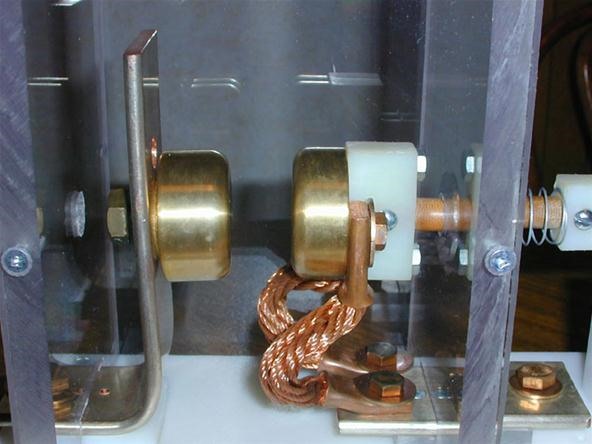
As seen above, there are two very large conductive terminals encased in an acrylic case (spark/molten metal shield). When triggered, the linear actuator (most likely a solenoid) will smash these terminals together very quickly, completing the circuit and triggering the EMP generator.
Coils
Now here's the difficult part, the coil. Depending on your voltage, current, and size of your EMP generator, the coil could either be very big and effective, or very small and ineffective unless used at close range to target. A typical EMP generator doesn't require hundreds of windings, quite the opposite. As seen in the photo below, thick copper tubing works very effectively:

In this case, a capacitor bank at 400v 4000uf would need a coil of medium sized copper tubing and probably 8 to 12 turns (or windings). I've experimented with different coil formations, and the "inclined plain wrapped helically around an axis" works best, in other words, the picture above. However, feel free to experiment with different coil formations and an (old) calculator. Set a constant (distance from calculator) and voltage, then change the coil layout until the calculator stops working :)
Warnings
- The electricity discussed in this article is more than enough to literally fry you to a crisp. BE EXTREMELY CAREFUL!!! I cannot stress this enough.
- If working with soldering irons/other dangerous tools, be careful.
- When testing an EMP generator, be sure to keep all valuable electronics away! It could potentially (more than likely) destroy them.
- I am not responsible for any damage you cause!
- DO NOT use this as a weapon and/or to destroy electronics you do not own!
Just updated your iPhone? You'll find new emoji, enhanced security, podcast transcripts, Apple Cash virtual numbers, and other useful features. There are even new additions hidden within Safari. Find out what's new and changed on your iPhone with the iOS 17.4 update.




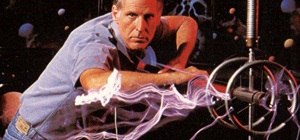
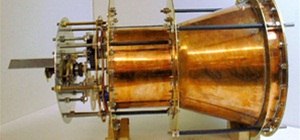

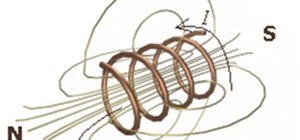
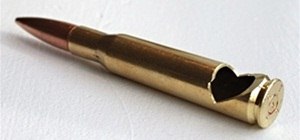
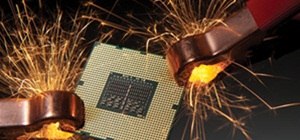

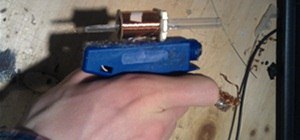
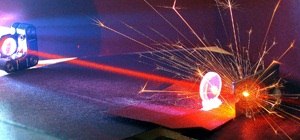
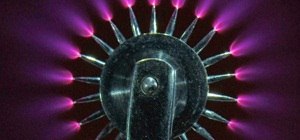

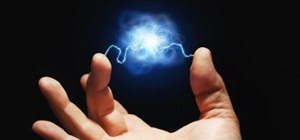

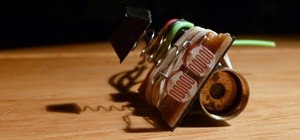

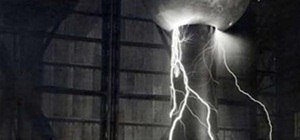

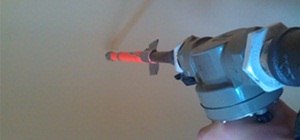
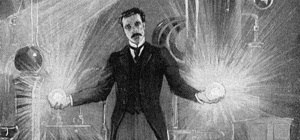
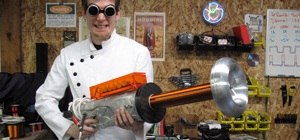
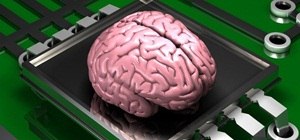

6 Comments
so if i try ur expiriment i can kill myself D=}
^um yeah i cant delete that .... I realized this is not a guide on making one. Just information. I will check out the stun gun. I would really like to try it on my gameboy!
Does the EMP signal permanently destroy the electronic equipments or do they just stop working as long as the signal exists???
Possibly either or both. There are three basic ways that EMP devices affect electronic. Two of them cause physical damage to circuitry due to electrical overload as a result of the induced electrical charge, one causes temporary scrambling of logic circuits based which then recover on reboot. The effect on a device depends on its design,shielding, and the proximity and strength of the EMP genrator.
Hey by the way you can pick up a 50 farad ultra capacitor for like $6 online. I know that's a massive amount of power, but you could make an actual throwable / reusable EMP grenade with one of those. Btw, its only rated for roughly 2.3V but the stupid amount of power I think makes up for that.
Here's a link for the capacitor I'm talking about.
p.s. This site also has a 3000F ultra capacitor for like $60.
https://www.mouser.com/ProductDetail/Maxwell-Technologies/BCAP0050-P270-T01/?qs=%2fha2pyFadugMUjTt9KLlOB7eDZ3p%2f5%2fAzMh8ym%252btwpHaXUCUNncxHw%3d%3d
I think a video would be so much better than your written 'instruction'. What an absolute joke! Because you didn't give precise information, if someone zaps himself I would say that you are responsible because they could obtain some overkill item and not know it. I would definitely return a guilty verdict for you. Really, you should give precise numbers for each component or just don't write anything.
Share Your Thoughts